Last updated February 27, 2023
Canada is an astonishingly beautiful and culturally diverse country. From the high tides of the Bay of Fundy to the incredible landscape of the Rocky Mountains and the rugged prairies in between, each of the Canadian provinces and territories is unique and has fascinating stories to tell.
Read on for some fun facts about Canada’s provinces and territories.
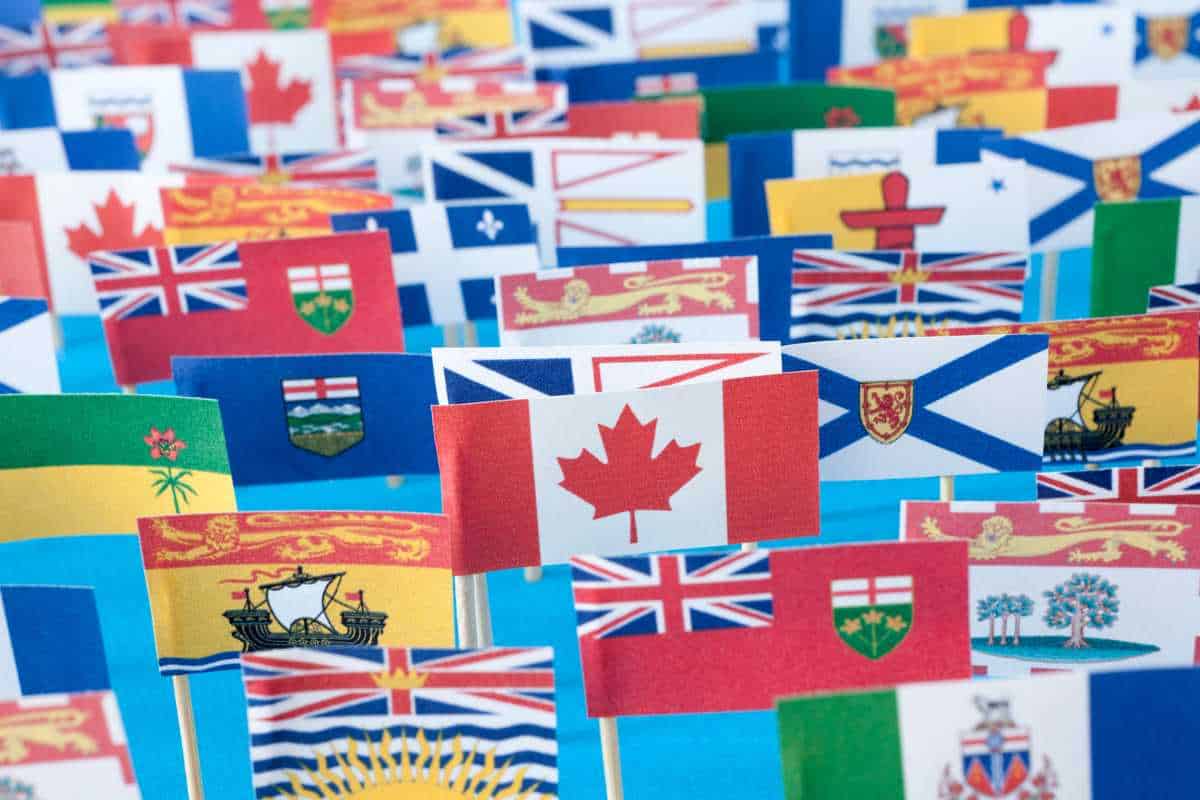
Think you know enough already about Canadian provinces and territories? Then jump right in and test your knowledge with our challenging quiz! Or if you’re not quite ready for that, keep reading on to learn some fun and interesting facts.
Fun Facts About Canadian Provinces and Territories
Nova Scotia is Canada’s education province.
Nova Scotia has a longstanding reputation for providing an outstanding university education and has a higher concentration of post-secondary schools than any other province or territory in the country! In fact, there are no fewer than ten universities in this small maritime province. Of the six located in Halifax, The University of Dalhousie is top-ranked.
Newfoundland and Labrador was the last province to join the Confederation.
When Canada established the Confederation, residents of the colony now known as Newfoundland and Labrador were less than enthused about joining and remained under British rule. In 1949, Newfoundland officially joined Canada and was recognized as the country’s 10th province, and it was later renamed Newfoundland and Labrador in 2001.
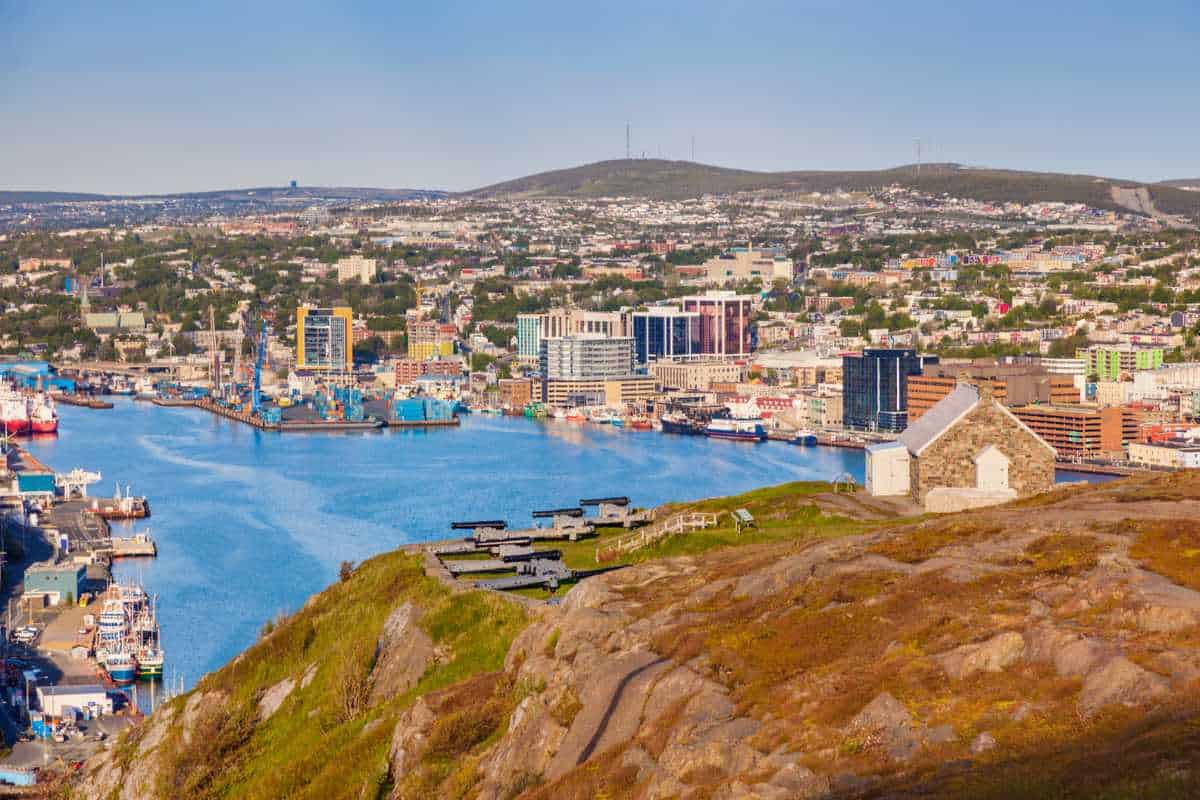
Nunavut’s climate is similar to Mars.
The Haughton Crater – located in one of the most northern territories of Canada – has a climate that’s so similar to that of Mars that astronauts began training for future missions there in 1997.
Newfoundland and Labrador has its own breed of pony.
The Newfoundland Pony is a mishmash of 7 different ponies brought over from the British Isles in the 17th century. Over the centuries, the Newfoundland Pony has adapted to the climate and conditions of Newfoundland and Labrador, which can be extreme, and is pretty much unheard of outside the province.
Québec has one of the oldest settlements in North America.
Its cobblestone streets and architecture are reminiscent of old Europe, making Québec City an authentic piece of history. One of the oldest settlements in North America (and the second oldest city in Canada), Québec City was founded in 1608. Today, the local culture is still comparable to that of Old France.
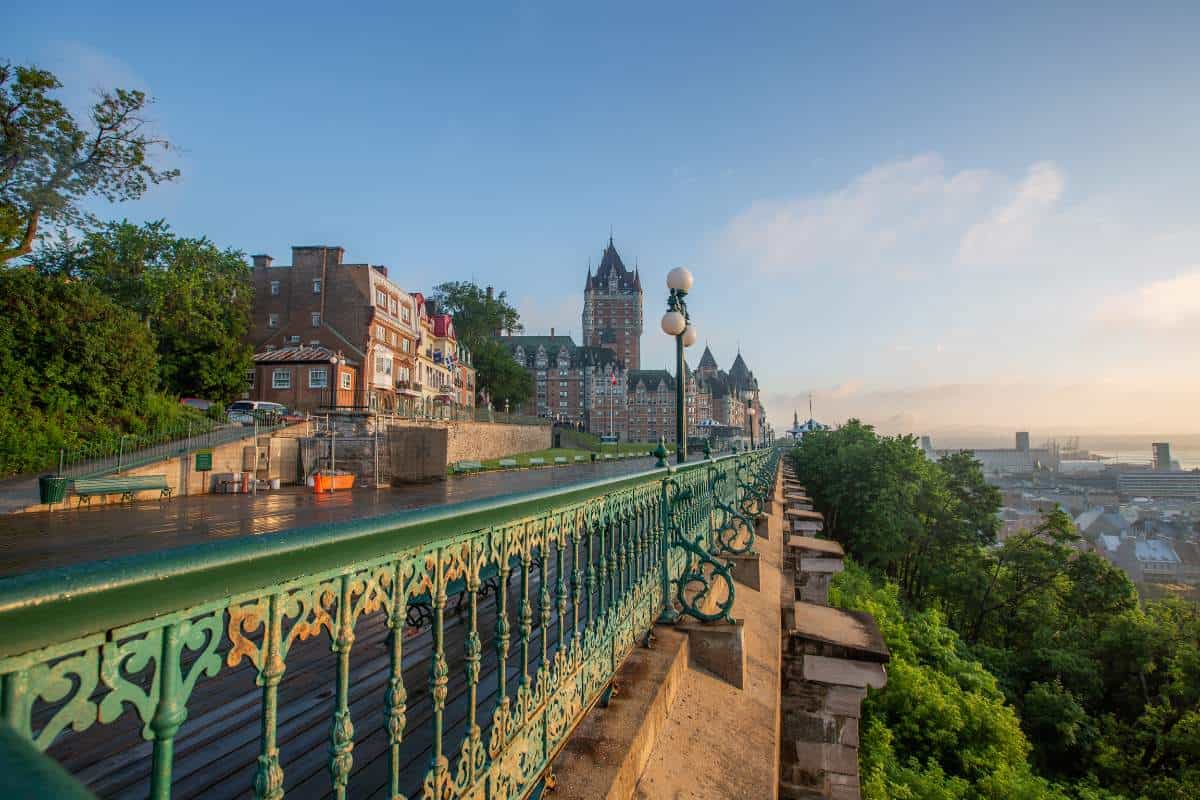
Prince Edward Island is the smallest province in Canada.
In terms of land size and population, Prince Edward Island is the smallest of Canada’s provinces (not counting Nunavut, which is a territory, not a province). With a population of only 167,680, Prince Edward Island is only 224 km long and, at most, 64 km wide. At its most narrow, it measures just 6 km wide.
In the Yukon, order a drink with a human toe.
The Sourtoe Cocktail was invented in the 1970s when a riverboat captain found a mummified human toe in an old cabin, dropped it in his drink, and became the first member of the Sourtoe Cocktail Club. Visitors of the Downtown Hotel in Dawson City can join the club by adding the toe to their favorite cocktail, but the toe must touch your lips before you can claim membership.
Nova Scotia is the oldest province in Canada.
It took over 100 years for all the Canadian provinces to become established. Confederation happened in 1867, and Nova Scotia (Latin for New Scotland) was the first of the original four provinces established, marking the official Confederation Day. The other three provinces to join the Confederation were Ontario, Québec, and New Brunswick.
Alberta was named after a princess.
Canada’s 6th largest province, Alberta, was named after the daughter of Queen Victoria, Princess Louise Caroline Alberta.
Ontario has the World’s Longest Skating Rink.
Ottawa’s Rideau Canal freezes solid during the winter months and becomes a nearly 8 km long skating rink, the longest on Earth.
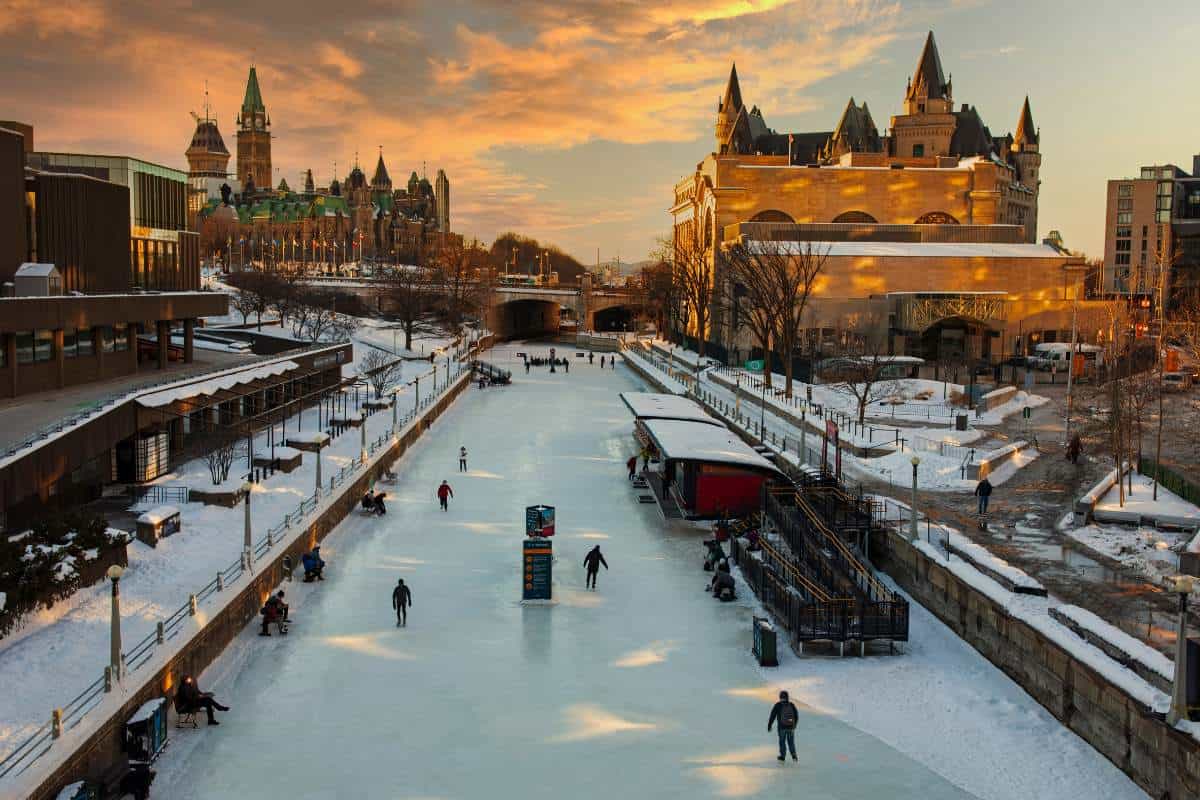
British Columbia is home to the World’s Largest Hockey Stick.
Is there anything more Canadian than a giant hockey stick? Constructed for the World Fair in 1985, the largest hockey stick in the world stretches 62 meters long and is made of steel and wood from native Douglas Firs. You can find the hockey stick outside the Cowichan Community Centre on Vancouver Island.
Alberta and Saskatchewan share a city.
The city of Lloydminster sits right on the border that separates Alberta from Saskatchewan. When the two provinces were established, Lloydminster was divided by a border running through the center of town rather than becoming two cities. Their unique charter dictates when residents are to follow Alberta’s provincial legislation and when to follow Saskatchewan’s.
The highest mountains in Canada are in the Yukon.
The Rocky Mountains might get all the glory, but the highest peaks in Canada can be found in Kluane National Park in the Yukon.
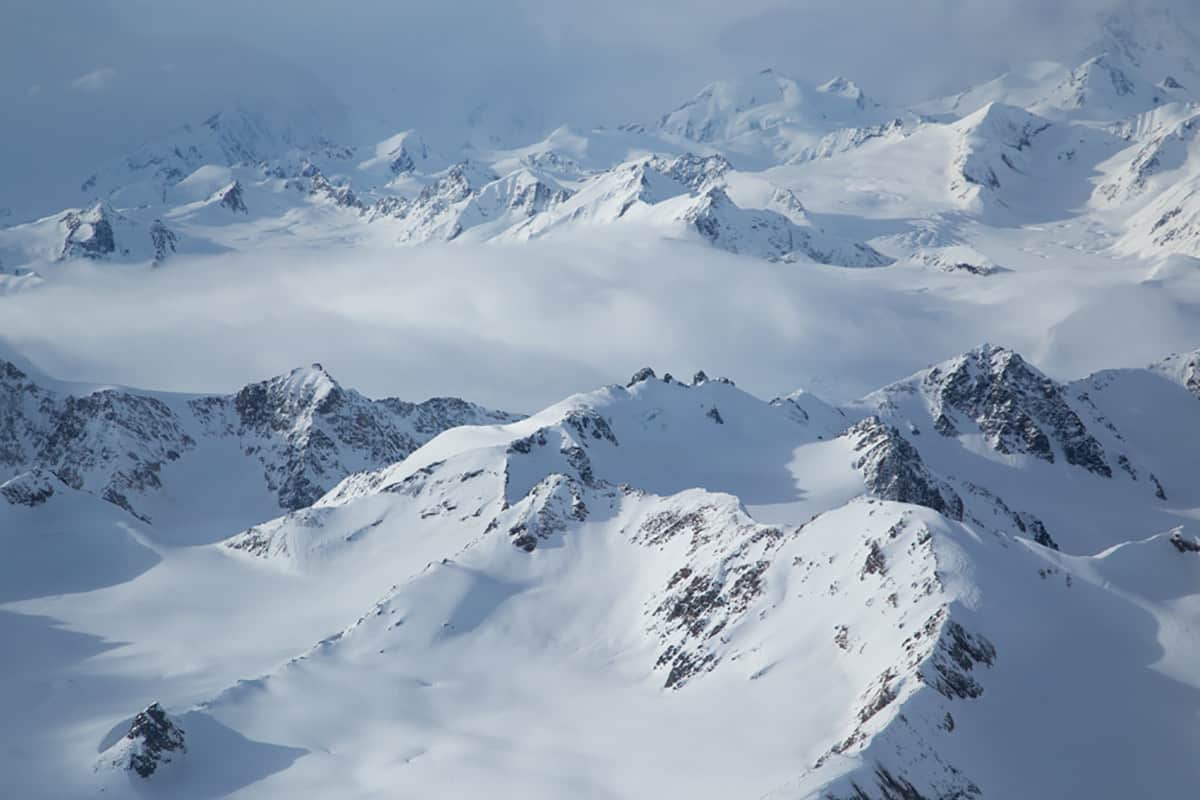
There are over 34,000 farms in Saskatchewan.
Saskatchewan is one of the most important agricultural hubs in western Canada. And Saskatchewan farmers are responsible for over 40% of Canada’s cropland. The province was literally built on farming, with many immigrants settling in Saskatchewan to fulfill their dreams of owning their farms. Today, Saskatchewan exports more peas, lentils, durum wheat, mustard seed, canola, flaxseed, and oats than any other region on Earth.
New Brunswick is the only officially bilingual province.
In technical terms, Canada is bilingual, with French and English as official languages. However, New Brunswick is the only Canadian province that is officially bilingual. English is the only recognized official language in the rest of the country’s provinces and territories, with the apparent exception of French-speaking Québec.
The Northwest Territories have the best Aurora Borealis viewing in the World.
On average, it is possible to see the world-famous Northern Lights 200 nights out of the year in the Northwest Territories, thanks to its lack of big cities and prime position directly below the ‘auroral oval,’ a hotbed for auroral activity.
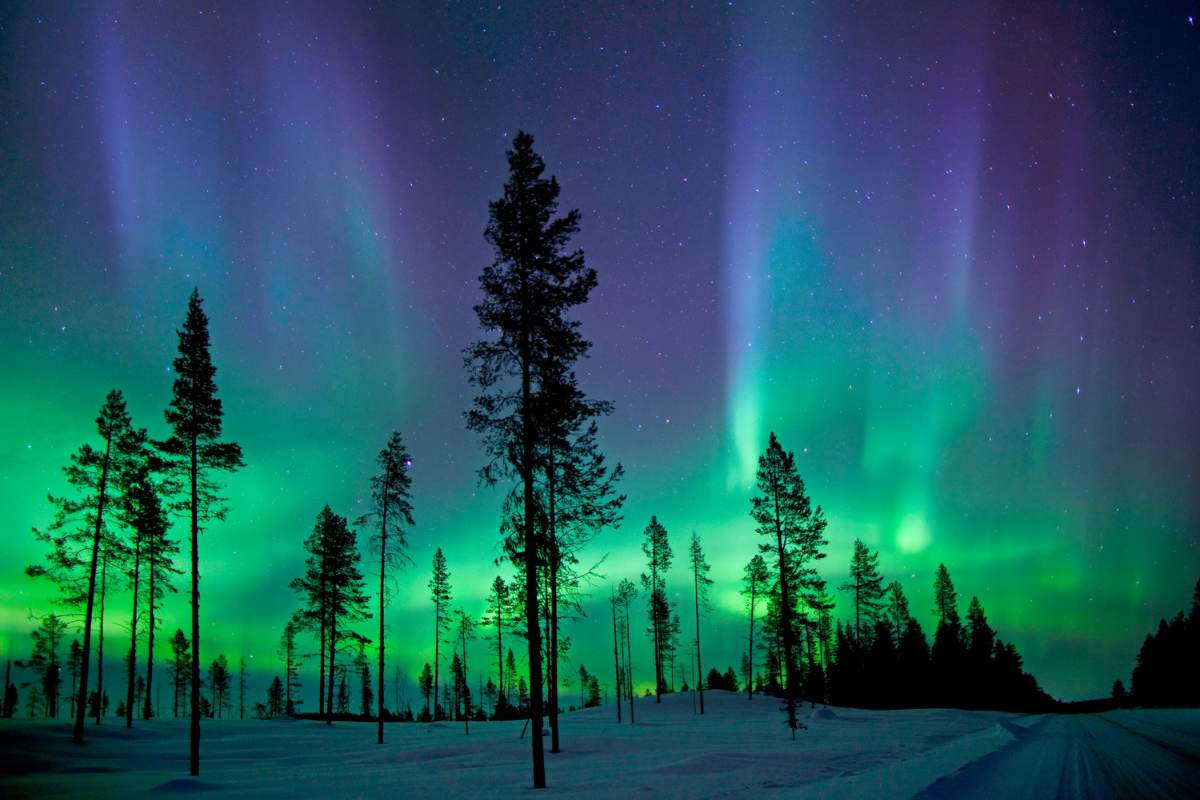
Prince Edward Island is the only province with no land boundary.
Consisting of 231 minor islands, plus the main island of the same name, Prince Edward Island is wholly separated from mainland Canada. It is the only one of the Canadian provinces and territories to have no land boundary. To visit the island, you must fly, take a ferry or drive across the Confederation Bridge from New Brunswick.
Among the Canadian provinces, British Columbia is the only one that borders the Pacific Ocean.
The British Columbia coastline stretches for over 25,000 kilometres and includes over 10,000 marine islands.
[adinserter block=”2″]British Columbia is an outdoor lover’s paradise.
Not only is British Columbia blessed with the mildest climate of Canada’s provinces and territories, but it is also home to a plethora of outdoor opportunities. With 5 UNESCO world heritage sites, 6 National Parks, and over 1,000 Provincial Parks and conservation areas within its borders, it is an ideal region for adventure enthusiasts to escape city life and explore the great outdoors.
The World’s first Transatlantic flight took off from Newfoundland.
Pilots John Alcock and Arthur Brown took off from St. John’s, Newfoundland, and landed in Ireland in 1919.
Prince Edward Island is the home and birthplace of Anne of Green Gables.
The beloved novel series “Anne of Green Gables” written by Lucy Maud Montgomery took place in the fictional town of Avonlea and was inspired by the town of Cavendish on Prince Edward Island.
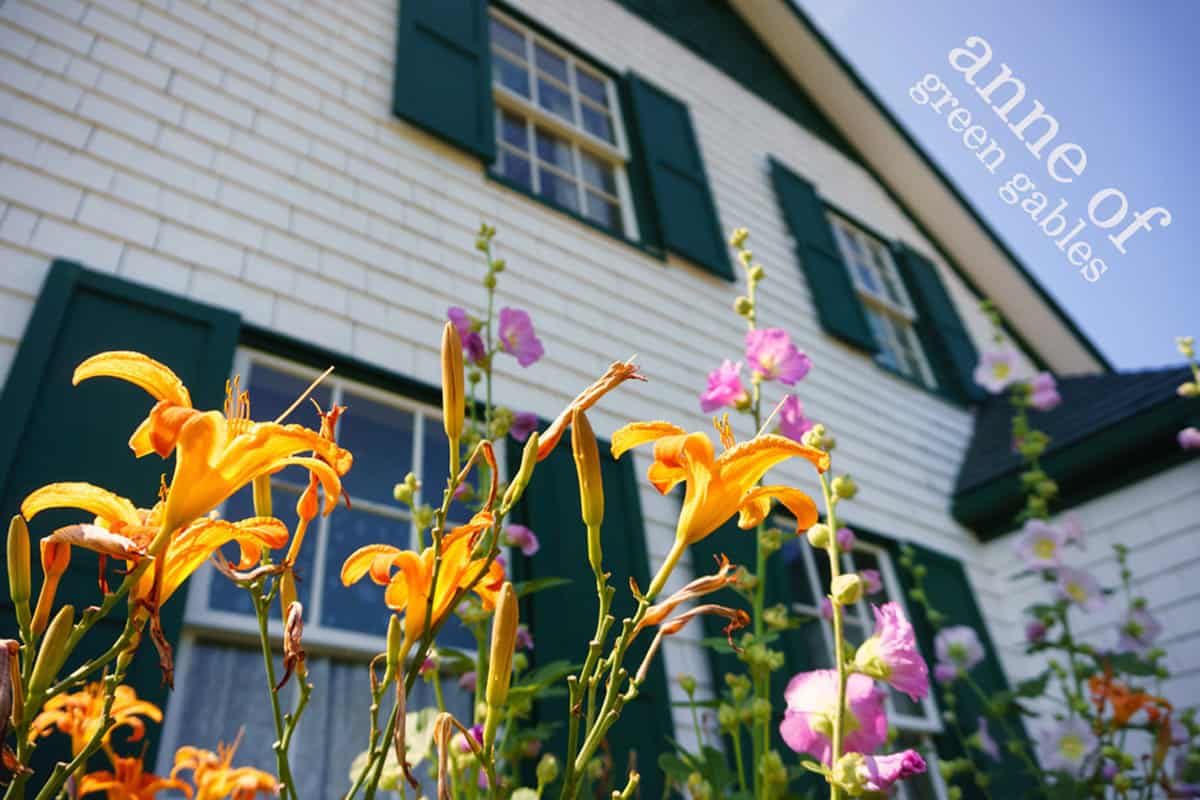
Alberta was originally part of the Northwest Territories.
When Alberta was originally established in 1882, it was not a province in its own right but was instead a district of the Northwest Territories. Alberta became a province in 1905.
Manitoba has been colder than Mars.
The Manitoba Museum reported on New Year’s Eve 2013 that Winnipeg had colder temperatures than the surface of Mars. With temperatures dropping colder than -40 degrees Celcius, it was the coldest day ‘Winter-peg,’ as it’s known around Canada’s provinces, had seen in 80 years. A local documentary filmmaker later made a documentary titled Colder Than Mars.
The Territory of Nunavut has the smallest population in Canada.
Fewer than 40,000 people live far north in this remote Canadian territory. Nunavut is also quite young, being made a territory by the federal government in 1999. Before that, it was part of the Northwest Territories. Over 80% of the population of Nunavut are Inuit, and the people of Nunavut wanted more representation of their culture.
More fossils have been found in Alberta than in almost any other spot on Earth.
The hot, dry grasslands of the Alberta Badlands are a prime location for fossil discovery due to the way the land is formed. Visitors can view the world’s largest collection of dinosaur fossils on display at the Royal Tyrell Museum in Drumheller and hike where fossils abound at Dinosaur Provincial Park. However, there are strict rules about not touching or disturbing the fossils if you happen to find any.
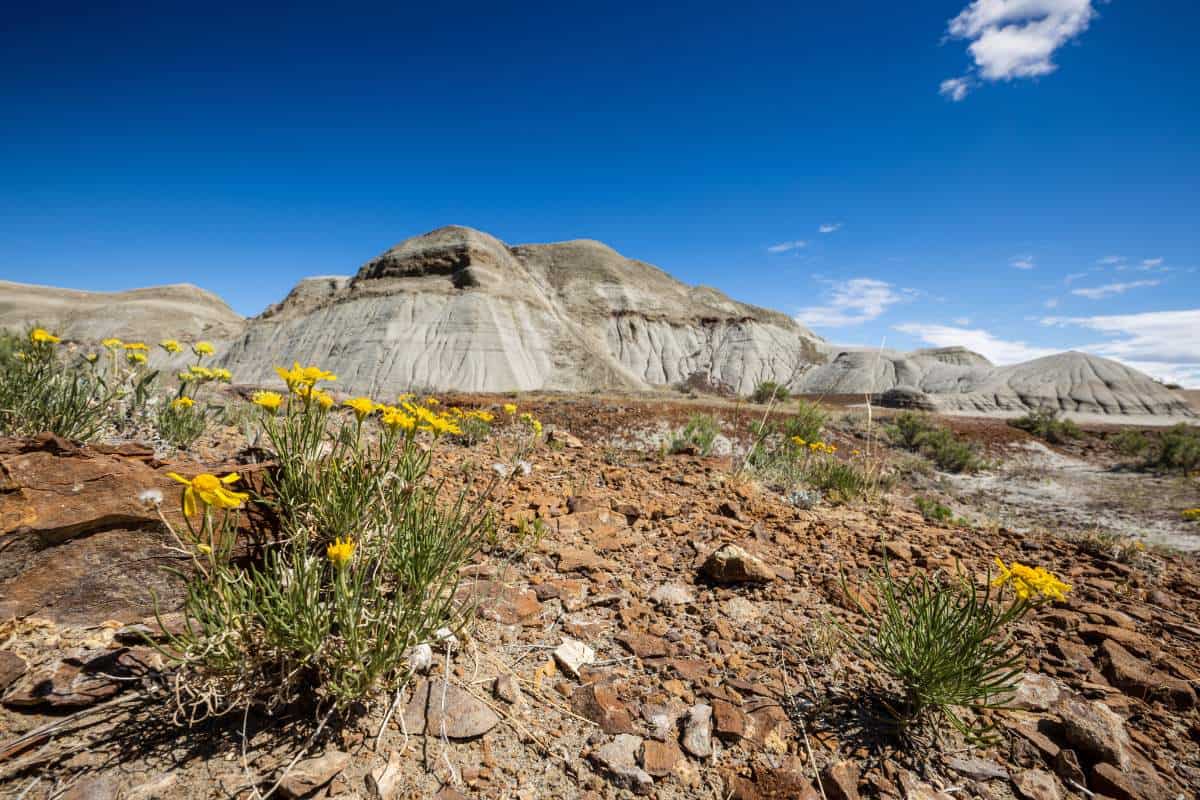
Manitoba is probably wilder than you think.
It might surprise you that Manitoba has more polar bears than Canada’s three territories. With beluga whales in Hudson Bay, Garter snakes in the Narcisse Dens, not to mention some of North America’s largest fish swimming in its many lakes, there is more to this rugged, diverse region than just Winnipeg.
Over half of Canada’s wine is produced in British Columbia.
Wineries thrive in British Columbia because of its mild climate. British Columbia is home to almost 20% of Canada’s vineyards, and 47% of wineries. They are spread across the Okanagan, Similkameen, and Fraser Valleys, the Gulf Islands, and wine-producing regions on Vancouver Island.
Quick and Fun Facts About Canadian Provinces
~ Canada consists of ten provinces and three territories. The way Canada’s provinces and territories are governed is the significant difference between them. Provinces are created by the Constitution Act, and the Provincial governments are the recognized authority. Meanwhile, the federal government has jurisdiction over the territories.
~ Ontario is the most populous province in Canada. The five most populated cities are Toronto, Ottawa, Hamilton, Kitchener, and London.
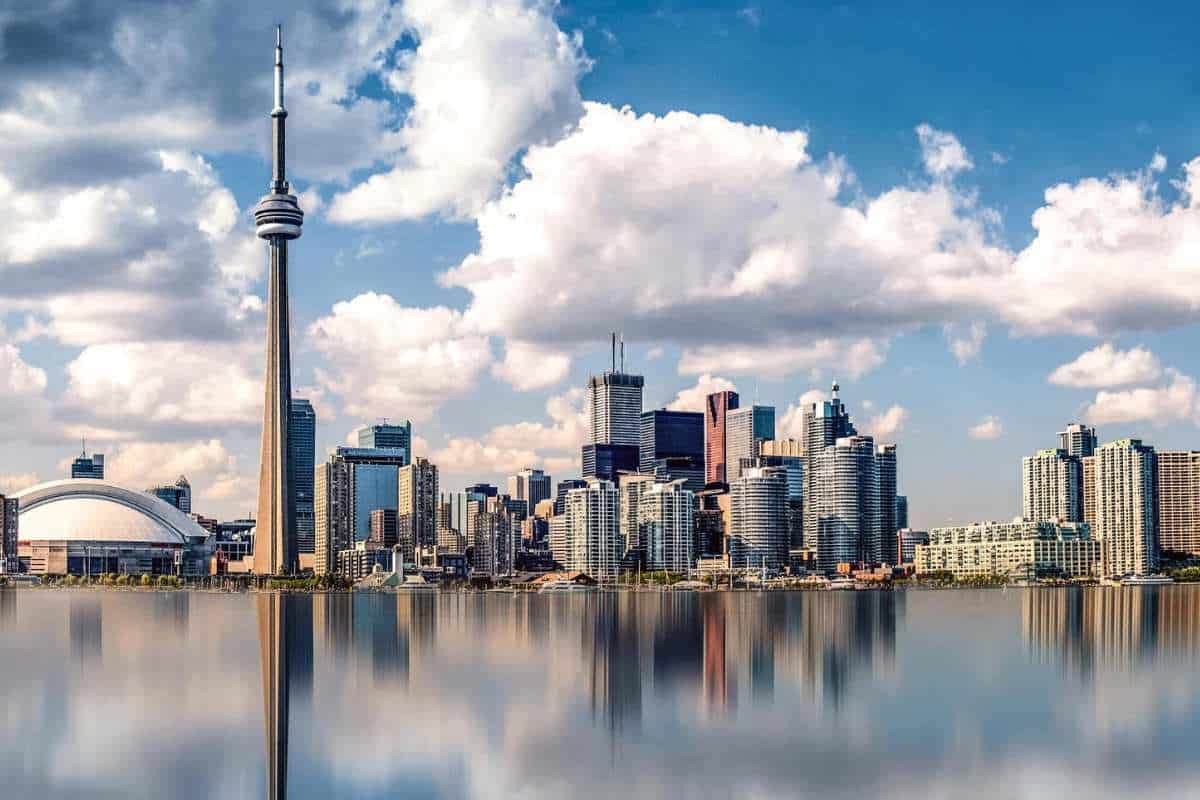
~ Québec is the largest Canadian province by land area, and Nunavut is Canada’s largest territory.
~ Despite its location in Atlantic Canada, Newfoundland and Labrador’s province is not considered part of the Maritimes like its neighbors New Brunswick, Nova Scotia, and Prince Edward Island.
~ The provinces of Western Canada – British Columbia, Alberta, Saskatchewan, and Manitoba – make up 29% of Canada’s land area.
~ 60% of Western Canadians live in a small concentration of cities in the lower mainland of British Columbia.
~ The Northwest Territories are so extensive that it borders five Canadian provinces and territories. Despite covering 1,346,106 km², less than 1% of the population calls the Northwest Territories home.
Now that you’ve read all our facts about the Canadian provinces and territories, try your knowledge and take this 20-question quiz!
[adinserter name=”Block 1″]





